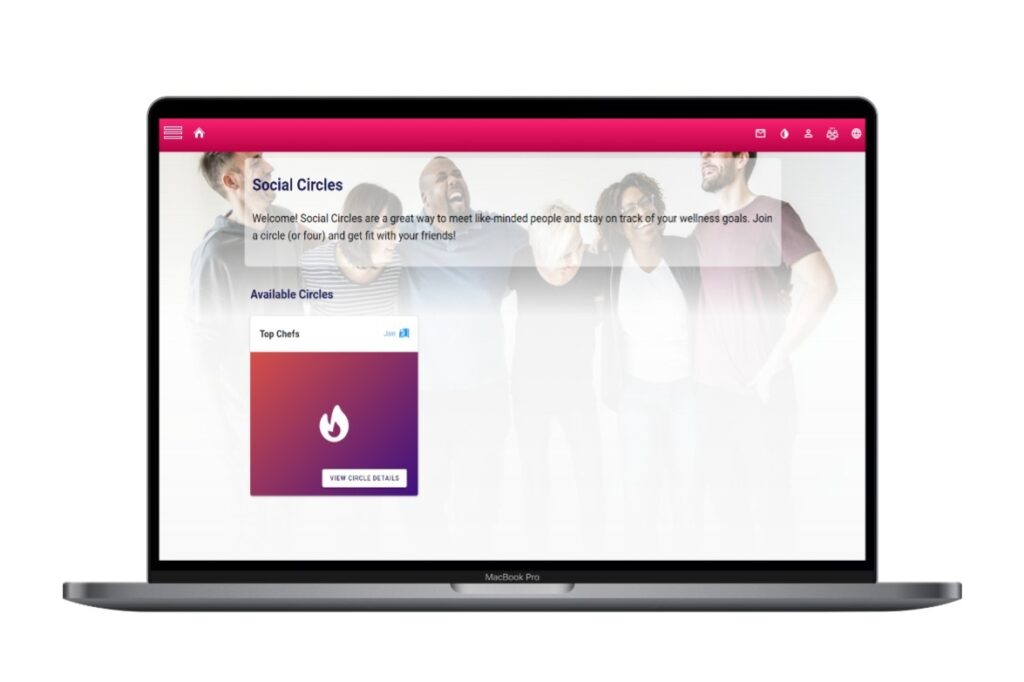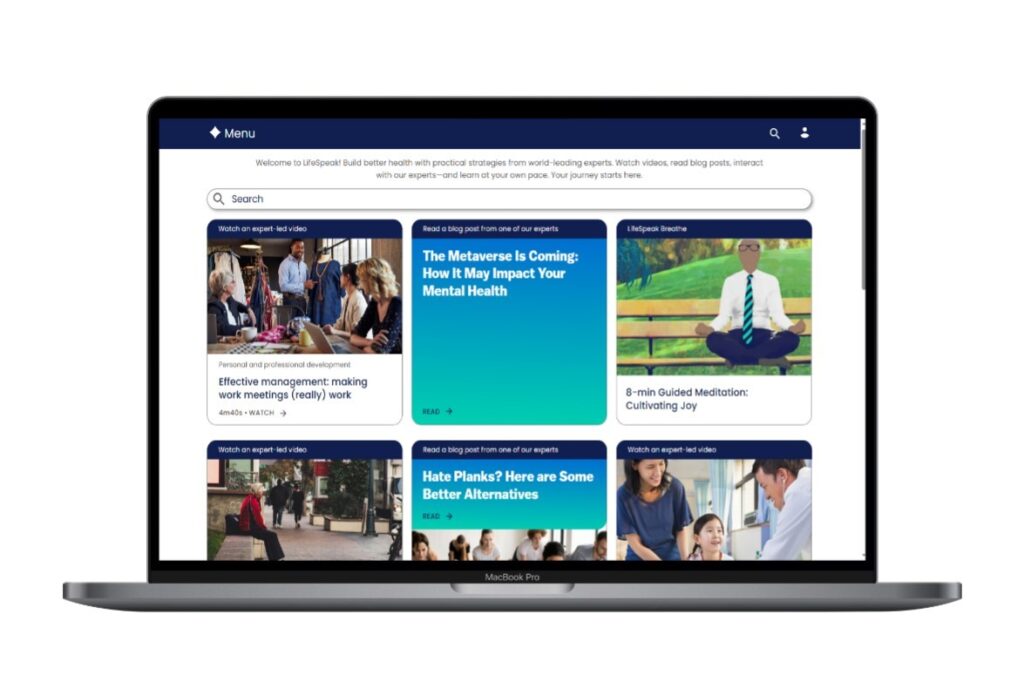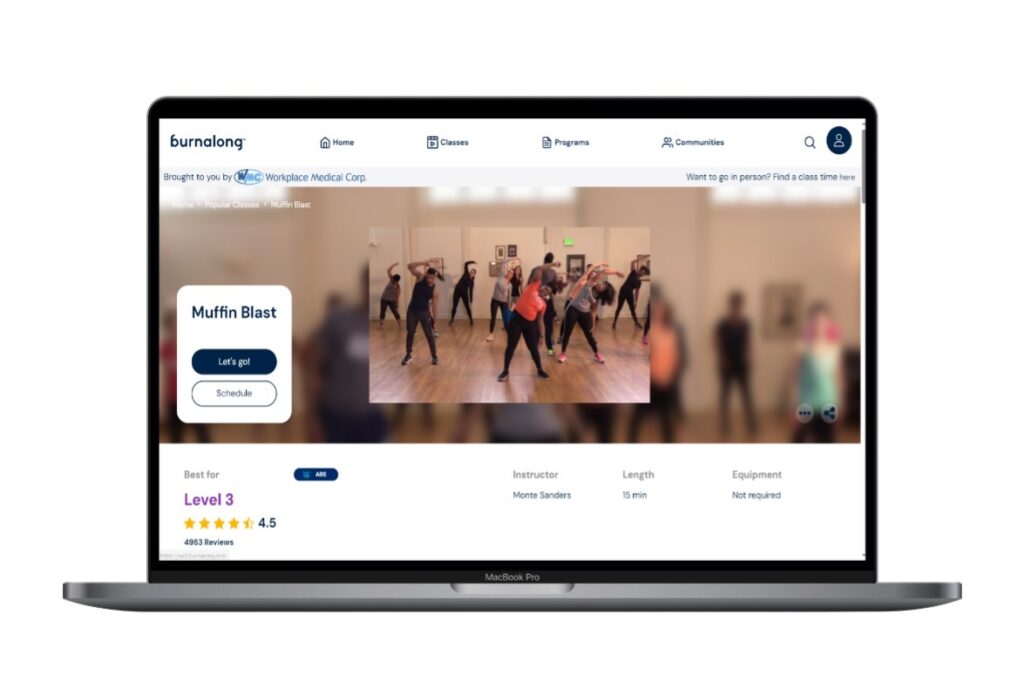Companies today aim to establish effective employee wellness programs; indeed, 76% of US firms invest in such initiatives (1). However, engagement remains low. Centers for Disease Control and Prevention (CDC) research indicates only 46% of employees undergo wellness screenings, and only a fifth of them actively participate (2).
The primary hurdles include a lack of strategic direction, limited employee engagement, and budgetary constraints. Fortunately, with targeted efforts and support, these challenges are surmountable.
Understanding the Challenges
1. Lack of Strategic Focus
Strategic focus is defined as having a clear and coherent vision, mission, and strategy. A wellness program that lacks strategic focus leads to ineffectiveness and fails to address the specific needs and goals of the organization. Lack of strategic focus can also lead to misalignment with employee interests, needs, leading to low engagement.
Without a clear strategy, the program may miss opportunities to address prevalent health issues within the workforce, potentially leading to higher healthcare costs and increased absenteeism.
Corporate wellness programs should align with broader organizational goals, such as improving productivity, reducing healthcare costs, or enhancing employee retention.
Instead of a strategic focus, many wellness programs opt for ad-hoc tactical programs that can appear disjointed. Employee Assistance Programs are often a tactical response to implementing a wellness program that is typically underutilized and does not address the organizational goals and needs of employees. The wellness program should act as a pre-EAP to understand what support employees require. This ensures that the employee needs are met adequately by the employer’s program. Simply put employers are getting their needs met, which will increase employee engagement.
2. Lack of Employee Engagement
Employee engagement is the key metric to measuring the success of your wellness program. Lack of employee engagement is a serious issue. According to 2022 workplace wellbeing statistics, Only 20% of employees participate in standard wellness programs, and disengaged employees cost companies up to $550 billion each year (3).
When employees do not engage, it can lead to skepticism about the company’s genuine interest in employee wellbeing, making it harder to roll out future initiatives successfully. Lack of engagement makes it harder to get budgetary approval in the future.
It is also a lost opportunity to improve morale, team building and to get important feedback and risks wasting resources.
3. Budget Constraints
Budget constraints are one of the greatest challenges for the implementation of wellness programs. In an Employee Benefits study, 84% of businesses cited budget as a barrier to introducing potential benefits, by far the biggest reason cited by employers (4).
CTA: Learn more about how to overcome wellness challenges
Overcoming the hurdles
1. Start with the strategic plan that is right for your organization.
The key to building a strategic wellness plan is to understand what type of strategy will fit your organization.
A wellness strategy should follow the same structure as any strategic plan within your organization. It should have a long-term vision, clear objectives, and accountability and monitoring. This ensures the wellness plan is tailored and personalized to better support employees and gives managers a fuller understanding.
The development of a strategic wellness plan should follow these 4 phases:
- Current Program Assessment: ensure that the wellness program is successfully integrated within the company and that key metrics, goals, and objectives are tracked accordingly. Some assessment methods used to integrate the wellness program are employee surveys, reviewing group health plan utilization rates, triaging workforce needs based on survey data, tracking metrics such as participation in intererst surveys, and current wellness program utlization rates.
- Program Development: practical aspects of designing, implementing, and evaluating the program. Includes developing specific program components, such as integration with the EAP program, wellness content, initiatives, and wellness platform, as well as selecting incentives or rewards to encourage employee participation.
- Program Implementation: implementation of the wellness platform, establishment of the wellness committee and delivery of the wellness initiatives.
- Program Evaluation: evaluating the program’s performance, impact, and cost-effectiveness. The metrics used to evaluate the program include wellness program satisfaction surveys, benefit utilization rates, survey reviews, program utilization rates, and impact on absenteeism levels.
The Annual Wellness Program Evaluation is essential for assessing the program’s effectiveness and identifying areas for improvement.
Key to a successful strategic plan is establishing clear goals, roles, and accountabilities for all stakeholders, including senior executives, managers, and supervisors. The key role of management is communication with employees and leading by example.
2. Improve Employee Engagement by Personalizing Your Wellness Program
Customizing the wellness program to suit your employees is essential for boosting their participation. Personalization means presenting employees with information, content, support, and programs that address their unique interests and needs. This will typically require a wellness portal to support the delivery of a personalized program.
One of the best ways to personalize the program is to start with a “know your numbers” biometric testing clinic. It does not get more personal than your personal health status. Biometric testing includes height, weight, blood pressure, glucose, and cholesterol.
Additionally, in a survey discussed by HR Dive, 85% of employers said the wellness program greatly impacted employee engagement, recruitment, retention, and company culture. 85% of workers stated that a key factor of the wellness program is that it helped manage stress levels (5). As a result of switching to a wellness platform, it can supply a great return on investment for the company.
With this information, employees can tailor their wellness program and the organization can get a measure of the health of their employee population to provide further customization of the wellness program.

3. Get Budget Approval by Speaking the CFO’s Language.
Budget approval can be difficult if the wellness initiatives look like expenses and the ROI argument is not clear. Overcoming budgeting hurdles starts with a strategic plan that presents the organization’s goals and objectives and clearly shows how the wellness program will help the organization meet those objectives.
The CFO will want to see the numbers. The number that will get the CFO’s attention is related to the costs of absenteeism and productivity. The wellness strategy should address those issues with hard numbers. What would it mean if those costs could be reduced by 5%?
According to a 2020 Return on Investment of Workplace Wellness report for a long-term care company, the ROI analysis suggested that the workplace wellness program saved $1.585 for every $1 invested (6). This is due to higher productivity, dealing with burnout and in turn absenteeism through wellness programs and incentives.
Budgetary approval is also dependent on meeting objectives. Your wellness strategy should have clear goals and tracking. Objectives can be financial and nonfinancial. Non-financial Objectives could be benchmarking with competitors, improved corporate culture, talent attraction and retention.
CTA: Book your free consultation today

How WMC can help
Workplace Medical Corps works with organizations to help them develop wellness strategic plans and provide them with solutions and support to implement the plan.
WMC Absence Management consultants can take the planning a step further by integrating your wellness strategy with your absence management strategy.
Wellness services provided by WMC to help you implement your wellness program include:
- An outsourced wellness coordinator to work with your wellness committee to provide oversight and support.
- Onsite biometric clinics are provided by our WMC nurses. The size of our biometric clinics ranges from 20 employees to over 400. Our team has travelled throughout Ontario and into remote regions customizing clinic times to meet the requirements of our clients.
- Our wellness portal supports the personalization and administration of your wellness program. The portal has over 20 wellness programs online including:
- Engaging challenges

- Social circles to connect with colleagues.

- A vast collection of health and wellness videos from LifeSpeak

- Online fitness classes

- Online Cognitive Behavior Therapy, and much more!
The portal enables users to connect with the content and activities that are of interest to them. And enables the wellness program administrator to customize, monitor and analyze engagement and other metrics. WMC is the Canadian distributor of the MediKeeper platform, used by millions of employees throughout the U.S. and Europe.
CTA: Book your free 30-minute consultation
In conclusion, the foundation of a successful employee wellness program lies in proactively confronting its inherent challenges. WMC helps businesses by cultivating a strategic plan tailored to your organization’s unique needs and combining your wellness offering with an absence management strategy, you stand a greater chance of achieving the desired outcomes for your employees: enhanced health, heightened productivity, and increased job satisfaction.
Discover the transformative role WMC can play in guiding and supporting your journey toward a robust and impactful wellness program
References:
2022 Employee Wellness Industry Trends Report | Wellable (1)
Merits | Free Full-Text | Perceived Workplace Support for Employee Participation in Workplace Wellness Programs: A Brief Report (mdpi.com) (2)
23+ Workplace Wellness Statistics for Better Employees (goremotely.net) (3)
How small businesses can overcome common employee benefits challenges – Employee Benefits (4)
Study: 85% of companies say wellness programs bolster employee engagement | HR Dive (5)
Return on Investment of Workplace Wellness: Evidence From a Long-Term Care Company – Nilay Unsal, GracieLee Weaver, Jeremy W. Bray, Daniel Bibeau, Garrett Saake, 2021 (sagepub.com) (6)
